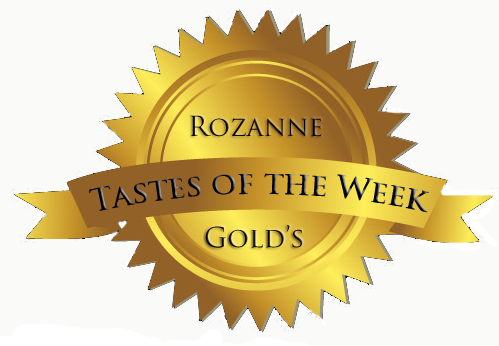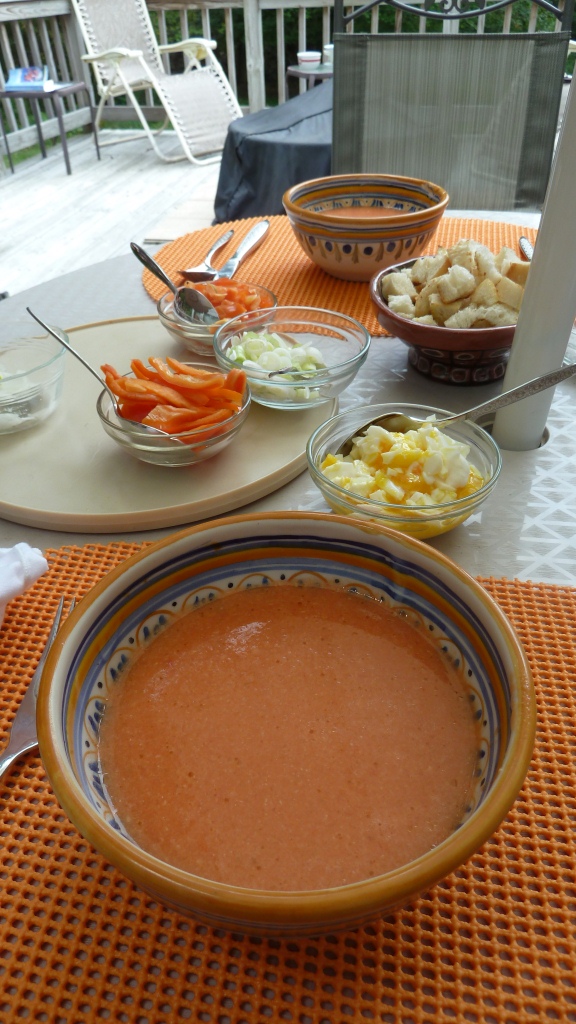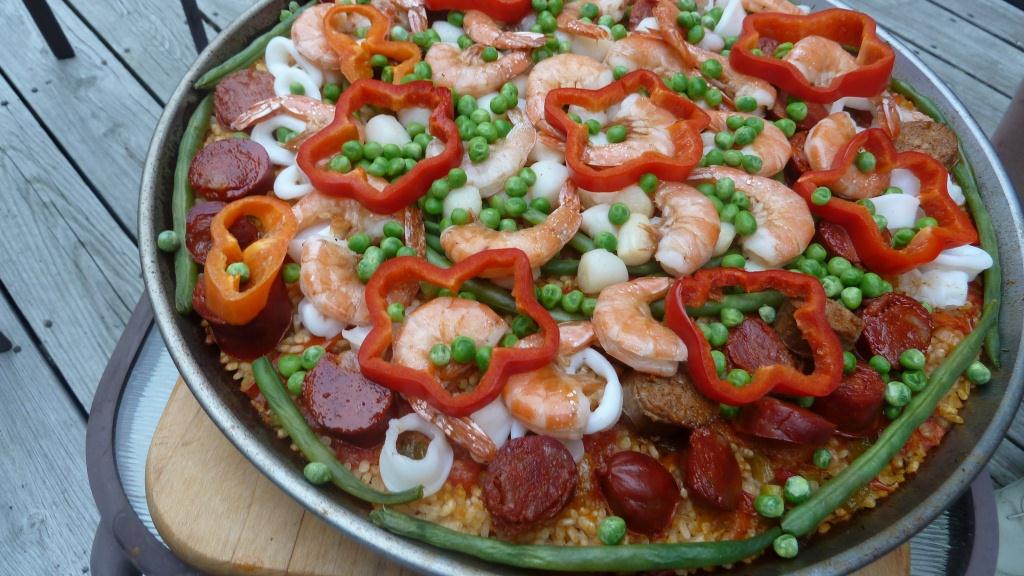 February 27 through March 18, 2012
Several weeks have gone by and I haven't shared some of the interesting and, often superlative, tastes that I've had. This "tastes" column is a way for me to both document and re-imagine the experiences, but also an invocation for you to fine tune your own. This is a new era of "mindfulness" for me -- in both cooking and eating -- resulting in far more pleasure and appreciation. As many of you know, I am a student in a program called Foundations in Buddhist Contemplative Care and I work in an emergency room and on a cancer floor once a week. The very notion of contemplation spills over into everything nowadays -- not just in working with patients. It even extends to the little cafe at Beth Israel Hospital in New York, where I slowly savor my tuna fish sandwich and unexpectedly decent coffee in a weekly ritual, sharing tables with strangers, wondering what the day has been like for them. Mindful eating is now being talked about with much grace -- I enjoy re-reading the wonderful article in the New York Times about it several weeks ago -- but I am also interested in "contemplative cooking" -- that of my own and of others. It is a subject I will be writing much more about.
February 27 through March 18, 2012
Several weeks have gone by and I haven't shared some of the interesting and, often superlative, tastes that I've had. This "tastes" column is a way for me to both document and re-imagine the experiences, but also an invocation for you to fine tune your own. This is a new era of "mindfulness" for me -- in both cooking and eating -- resulting in far more pleasure and appreciation. As many of you know, I am a student in a program called Foundations in Buddhist Contemplative Care and I work in an emergency room and on a cancer floor once a week. The very notion of contemplation spills over into everything nowadays -- not just in working with patients. It even extends to the little cafe at Beth Israel Hospital in New York, where I slowly savor my tuna fish sandwich and unexpectedly decent coffee in a weekly ritual, sharing tables with strangers, wondering what the day has been like for them. Mindful eating is now being talked about with much grace -- I enjoy re-reading the wonderful article in the New York Times about it several weeks ago -- but I am also interested in "contemplative cooking" -- that of my own and of others. It is a subject I will be writing much more about.
This installment bridges February and March -- the end of an almost nonexistent winter and very early spring. I had a wonderful lunch last week at Rouge Tomate, a beautiful sprawling modern restaurant on East 60th Street in the city. Their $29 prix fixe menu was quite a surprise especially because the meal was as enjoyable and professional as one I recently had at Le Bernardin. The chef, Jeremy Bearman, deserves much more attention and I look forward to learning more about him and his philosophy in cooking. Now here is a "contemplative chef!" Every detail of taste, color, harmony, balance and surprise existed in every dish. I started with a Green Tornado (not part of the prix fixe) instead of my usual glass of wine. It was a fabulous quaff blended from tarragon, spinach, basil, butter lettuce (!), mint and lemon juice. Stimulating and satisfying, I could drink these all summer long. (And doesn't butter lettuce sound divine and fattening?!) The first course, Wild Mushroom and Leek Salad, was a "painting" that also included spring garlic, frisee, Meyer lemon, and a polenta crisp. The main course, Arctic Char a la Plancha, came with black rice (also known as "forbidden rice"), green olives, spring onion, and passion fruit. The passion fruit was expressed by a disk of daikon that was cooked "sous vide" in passion fruit juice. It might have been one of the most exciting tastes I've ever had. And while the arctic char spent a few too many seconds on the plancha, the dish as a whole was fascinating. Desserts? A bittersweet chocolate tart, with accents of banana, coconut, lime yogurt and ginger gelato, and Fingerlakes Farms' Yogurt Panna Cotta, with notes of dried cherry, pistachio, orange and kumquat. I want to learn more about the principles of SPE -- which according to the menu is based on a "genuine respect of ingredients and the crafting of balanced dishes that naturally marries extraordinary cuisine and authentic nutrition." The restaurant is committed to support local farms, fisheries, and producers who employ sustainable practices. And while I respect all that, I respect the "mind of the chef" most.
I had a bar of chocolate called Brooklyn Bar from Mast Brothers Chocolates -- a real player on the chocolate scene -- manufactured in Williamsburg, Brooklyn. The flavor profile of this particular variety really got my attention -- red wine and plum.
Vietnamese coffee at the home of Arthur Schwartz. Arthur just returned from a 40-day cruise to Australia and Asia and we went to hear stories of the voyage and sip extraordinary coffee that he brought home from Vietnam. Just a few sniffs of the coffee could send you into orbit. There is nothing else that has that bouquet. Vietnamese coffee is usually served with sweetened condensed milk -- but I love it straight. I, too, was so enamored of it from my own trip to Vietnam five years ago that I put a "recipe" and photo of Vietnamese coffee in my book Radically Simple! The coffee is very expensive and worth it.
Fabulous Spanish wine tasting with Gerry Dawes at Despana in Soho. It's a terrific place to stop into mid-afternoon for a snack. 410 Broome Street. Wonderful tapas and more of that terrific Iberico ham.
Homemade whipped cream! I forgot how delicious it can be. I had leftover heavy cream from an article I was working on and decided to whip it up with confectioners sugar and good vanilla extract. Plopped it on strawberries and crepes we made from Eat Fresh Food: Awesome Recipes for Teen Chefs -- for Sunday brunch.
Have a delicious week!



